Packing lessons learned from walking the Via Francigena
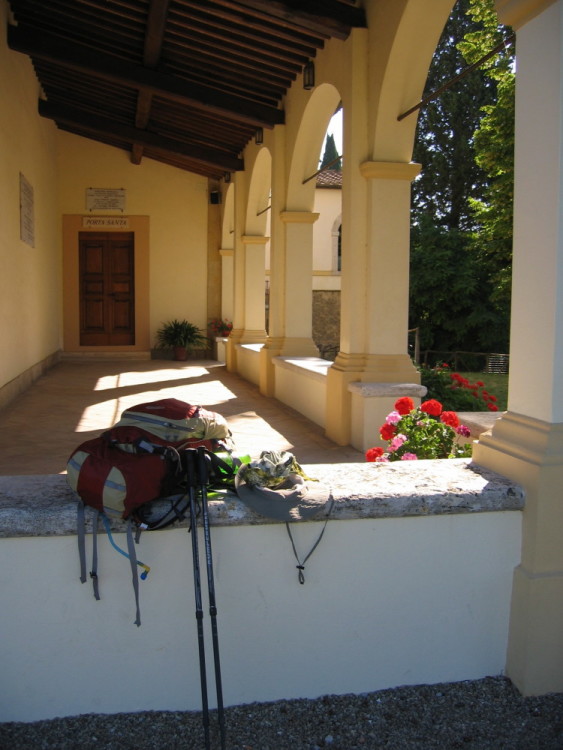 When I packed for my 40 day solo walk on Italy’s pilgrimage route, I thought my pack could be a fifth of my body weight.
When I packed for my 40 day solo walk on Italy’s pilgrimage route, I thought my pack could be a fifth of my body weight.
Wrong.
I had to eliminate 6 pounds from it to get it down to 13 pounds— a tenth of my body weight.
So if you weigh 130 pounds, your pack shouldn’t be more than 13 pounds (in Kilos, a person weighing 59 kilos, should have a pack that doesn’t weigh more than 5.9 kilos.)
When you’re packing at home, remember to account for water. When you’re on the walk, you should be filling a camel back every morning. (There are days when there are no places to refill water.)
If you carry for example 2 liters of water, you’re carrying over 4 pounds in water.
If you are tall and muscular then one tenth of your body weight will come out at a much higher number than for people like me who are relatively small. This means for the small person it’s very challenging to carry all you need and keep it to only a tenth of your weight. For example, I was able to allow myself only 1 oz of shampoo for 40 days.
Crucial things you need to know
Cotton Beware!
Cotton doesn’t dry. You don’t wan your hiking shirts, your socks, or your underwear to be cotton. The only thing that can be cotton is your evening/sleeping shirt. Materials like Merino wool, Nylon and Lycra should be used. These materials are quick drying, breathable, and light.
The right shoes are essential
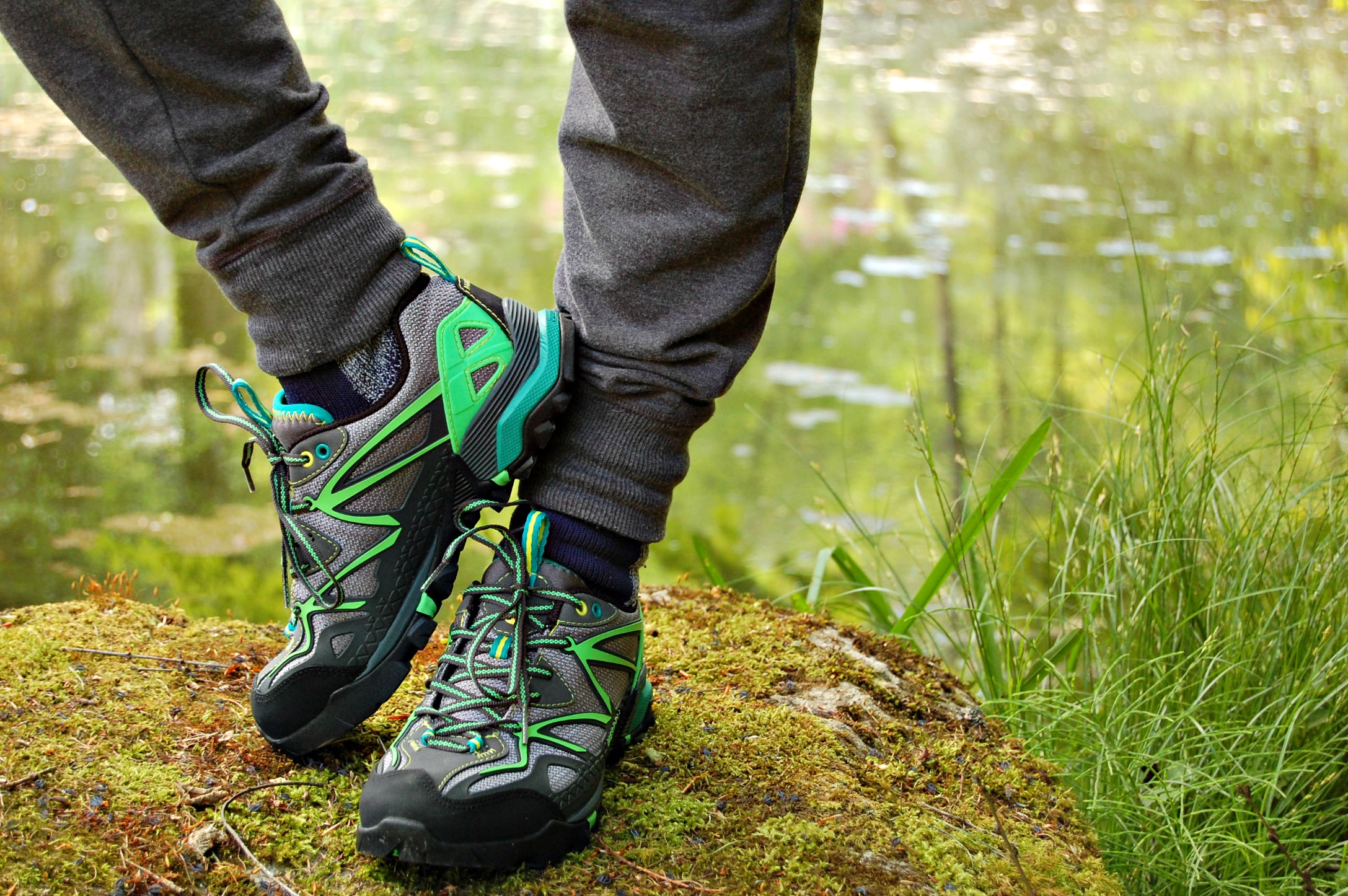
I don’t think you need high hiking boots unless you’re going over the Gran San Bernardo Pass. Low cut day-hikers are OK otherwise. But be sure they have thick soles and be sure they are waterproof.
I do not recommend trail runners. You need something more substantial than a trail-runner for carrying a light load over mixed terrain. There are a lot of what are called “white roads” on the Via Francigena, which are rocky, and thiner soled shoes do not provide enough of a barrier.
Don’t rely on a waterproof spray for non-water proof shoes. This has never worked in my experience.
Fit: To be sure you are getting the right size/fit, go to REI or similar outdoor gear store and get your feet measured.
Here are some examples of women’s waterproof low cut hiking boots.
Your Pack
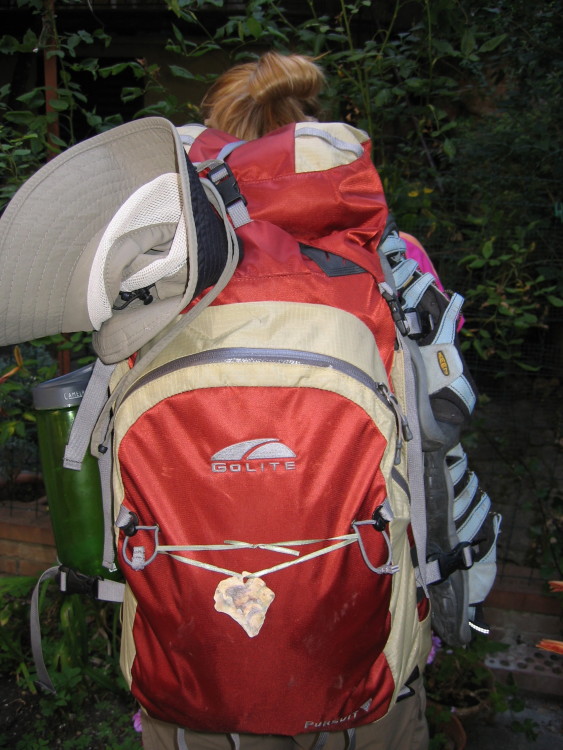 You want a small to mid-size light weight pack such as the Gorilla 40, or one of the smaller sized Arc Blast packs. The pack I used is by GoLite, a Boulder Colorado company that apparently has gone out of business. If you can find a GoLite one, they are ultra light, usually about a pound, 14 ounces.
You want a small to mid-size light weight pack such as the Gorilla 40, or one of the smaller sized Arc Blast packs. The pack I used is by GoLite, a Boulder Colorado company that apparently has gone out of business. If you can find a GoLite one, they are ultra light, usually about a pound, 14 ounces.
An Umbrella is actually something to consider
A light weight umbrella may seem like a luxury, but it can fend off heat stroke and keep you from being soaked to the bone. It can lower your water needs and it gives you something to pee behind. But it’s totally awkward to carry one while hiking, especially if you use trekking poles. But now a German company has made a hands free one.
Diva Cups and Pee Rags
If you are on your moon you need a Diva Cup. Trust me.
Pee Rags: Without reinventing the wheel I’ll pass you to some good hiker chicks who’ve covered the topic:
This list is geared toward a woman, who aims to walk any time between early June and late September:
Clothes:
1 synthetic long sleeve layering shirt
1 coolmax sports bra-top
2 lightweight coolmax hiking t-shirts
1 pair hiking pants that zip off into shorts
1 pair nylon shorts
1 pair capri lightweight pants for evening
1 cotton t-shirt for evening and sleeping
1 light rain shell pants
1 light rain jacket
1 bandana
1 sunhat & sunglasses
1 pair day hiker shoes
1 pair Keens or other sturdy sandals
4 pair hiking socks
4 pair quick drying women’s hiking underwear
Miscellaneous & gadgets:
hiking poles
hands free umbrella (something to consider)
passport & pilgrim “passport”
route and accommodation info in your phone
unlocked cell phone + charger and adapter (get Italian SIM in your phone upon arrival)
lightweight sleeping bag
rain cover for pack
headlamp + extra AAA batteries
emergenC packs
protein powder and/or protein nuggets (because breakfasts of protein don’t exit in Italy)
camelback bladder + one Nalgene bottle
potable aqua tablets
any prescriptions necessary
Toiletries/First Aid:
1 travel towel
4 sheets moleskin & 4 blister pads
bandaides
Newskin liquid bandage .3oz
Ibuprophen
Tiger balm pain relief patches
hand sanitizer 2 oz
bug spray 2 oz
small army knife
light weight toothbrush & 2.7 oz toothpaste
hand lotion 1 oz
face cream 1 oz
sun block 3 oz
Dr. Bronner’s soap 4 oz
shampoo 1 oz
deodorant .5 oz
hair ties
Diva Cup
Let me know if you have questions, or if you’ve done a long distance hike and brought an item that you found indispensable, please share it!

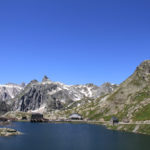
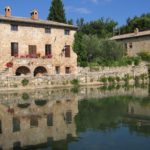
Great list! I read somewhere that the best bag you can wear is the smallest one, because that way you’re cutting down the essentials extremelly. I want to try that, but I am not sure how well it will work. You definitely need to get along with people (or be creative) for some things.
Would you be comfortable saying more or less what amount of money do you need?
Thanks again, Chandi!
Alba, I can get you the info on the amount of fund I needed. I went into the walk after a severely difficult time with illness and divorce and being totally broke. So my situation at the time, with money, was pretty challenging.
I packed 20 pounds on the Camino Frances and when I backpack here in the Fingerlakes Region of NY.
I’d bring a jacket as mornings and evening in mountains are cool. I often started at dawn when I walked the Camino Frances (March/April) and walked till dusk. So the warmest layering consisted of giv-n-go camisole (with shelf bra), synthetic fleece sweater, fleece jacket (with hood) and rain jacket to block wind. By noon or 2 pm I was only using my camisole, or camisole with a t-shirt.
Other differences in my packing:
two pair wool socks, and two pair of liner socks, three pair of underwear.
I didn’t bring a sleep shirt. but did bring 2 camisoles– if cool I slept in my clean dry sweater.
I packed a down sleeping bag
and a whistle,
and a pair of scissors to cut the moleskin.
I take either the camel back or two nalgenes.
Kindle Paperwhite reader with history books and guides downloaded onto it.
One t-shirt.
Two fleece pull overs (exofficio).
Guide book — unneeded pages were torn out as I walked.
Nail clippers.
Sanitary pads
plastic trowel
crushable sun hat (instead of umbrella). (Umbrellas get caught on trees here in the woods).
Hi Kate, Thanks for sharing. What time of year did you walk the Camino and what percent of your body weight is the 20 pounds you mention carrying? You may be much stronger than me! In my twenties I did backpacking trips (like about a week long) in various mountain ranges and was able to carry much more than 10% of my body weight. But somehow for me, with the nature of the long distance walk and a lot of it being on asphalt (and other factors) it turned out to be crucial to carry way less weight than I had done in the past with “normal” backpacking.
I actually did not take an umbrella and did not know about the hands free kind. I took a small crushable sunhat. But then when I was leaving a B&B in torrential rain, the owner gave me an umbrella which certainly does keep one more dry. Holding it was awkward so if someone is going to really utilize one for heat and for rain, the hands free style is the way to go.
It’s great that you had a kindle with guides on it. I was totally low tech. When I did the pilgrimage I did not yet own an iPhone, nor did I own an iPad, a Kindle or a GPS. And I was on a really low budget so I just did it really low tech with only a old style flip phone for emergencies and for calling ahead for accommodation. But certainly if reference guides and such are needed, it’s much lighter to have them on a phone or similar device rather than carry books.
My sleeping bag was really light weight but excellent quality (from REI) and I was able to get away with a super light one because of doing the walk in June. It sounds like you are saying you had a heftier one. I’m wondering what time of year you did your walk.
Have you ever tried a Diva Cup?
Hi Chandi– Thanks for writing the above and the e-mail. Let’s see. I weigh about 130 pounds now. So… 20-25 pounds is a good weight for my pack. — On the kindle paperwhite one can download books, but not be tempted to enter into internet world. It is gently backlit so I can read in a hostel without bothering other people. (I’d still rather read a book, but they are so heavy! I used to pick up a book while backpacking and as I read it I’d tear the pages out so it would be lighter the next day.) We did carry the brierly camino guide book. — I have a down sleeping bag (llbean) that weighs about 2 pounds. it is often too warm in the Summer (though not here in upstate NY where nights are usually pretty chilly.) — The exofficio fleeces were soft and warm, and dried quickly. I’m sure there are other brands that are just as good. I got them on discount at sierratradingpost.com for about $30 each.– I haven’t used a diva cup, but I think I will try one. My periods are really light these days, so I’m not sure it’s worth it. I also used menstrual pads daily so that when I to peed I didn’t have to worry about toilet paper; the menstrual pad soaked up the urine and drew it away from my body. At the end of the day I’d throw it out. — That reminds me, my son and I (my 14 yo son was hiking with me), picked up trash everyday. Not all day. We’d just get a plastic shopping bag and fill it up and throw it out when we got to a trash can in a village or the albergue later. If everyone did that the camino would be spotless. 🙂 I hope this helps.
Thanks Kate, good reminder about Sierra Trading Post. I used to order from them but in recent years I seem to have forgotten about them.
HI Chandi,
Great blog and very inspiring! Do you have a map of the trail that you walked or can I find list of the towns you passed through to draw up an itinerary? I’m thinking of starting in Rome and hike north for about 30 days.
Take care, Susanne
Hi Susanne,
Thanks for stopping by. That’s fantastic that you are looking into this route. You might want to consider starting north and walking south to Rome. All directions you will follow (whether from a guide book, an app, or the signs on the route) will point to Rome.
There is a map of my particular route in my memoir that is coming out in a month. You can see more here: http://paradiseofexiles.com/books/
You can also view maps on various Via Francigena websites: http://www.pilgrimstorome.org.uk/maps-covering-the-via-francigena/
Let me know how it goes!
How did you carry the water. I am small like you. I have a platypus. I am finding it puts weight on the outside of the backpack and that’s not working well for weight distribution and my back?
Hi Christina,
Probably what you call a platypus I call a water bladder. There is an area inside my pack designed to hold it, which places it on the part against my back. That is the location where you want to keep it. If your pack doesn’t have such a section, you might want to look into a different pack.
Have a look here at the type of pack I took when I walked Italy’s pilgrimage route: http://paradiseofexiles.com/packing-for-a-long-distance-walk/